In one of the most bizarre events in human history, a man discovered that more than 1,700 residents in a small town, along with the several thousand animals local to the community, had died.
Local authorities were unsure what caused the disaster at the time, but it seemed to be similar to a suspected domestic terrorist event from two years earlier. But what really happened to the residents of Lake Nyos?
The Deadly Event South of Lake Nyos

To understand what happened in Lake Nyos, we have to go back two years to 1984 to Lake Monoun, which was 60 miles south of Lake Nyos. Villagers found 37 people and many animals had perished along the lake’s shores.
Witnesses reported hearing rumbling sounds and seeing a sudden rise of a strange white cloud from the lake.
The Unknown Cause
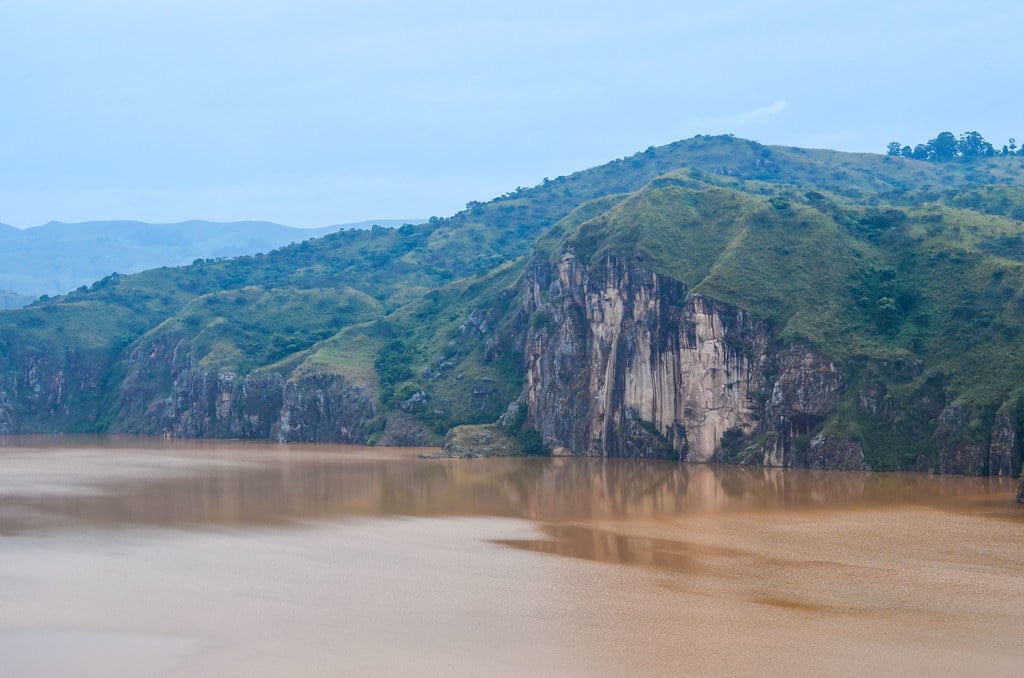
Puzzled geologists and local officials tried to piece together what caused the disaster that caught the world’s attention. Scientists from around the world gathered to investigate that lake, which sat on a dormant volcano.
The first theory suggested that the volcano had erupted, sending poisonous gases into the air. But this theory quickly faded as more evidence painted a clear picture of what happened.
A Rare, Deadly Natural Disaster
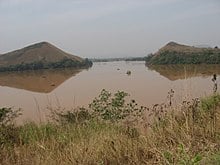
The deadly events at Lakes Monoun and Nyos were a result of a deadly and rare natural disaster called limnic eruptions. While deadly and terrifying, these eruptions happen when dissolved carbon dioxide suddenly erupts from the deep waters of the lake.
A deadly gas cloud forms above the surface, and sinks toward the ground. Because carbon dioxide is heavier than air, wildlife, livestock, and humans will suffocate in the cloud.
Two Known Limnic Eruptions
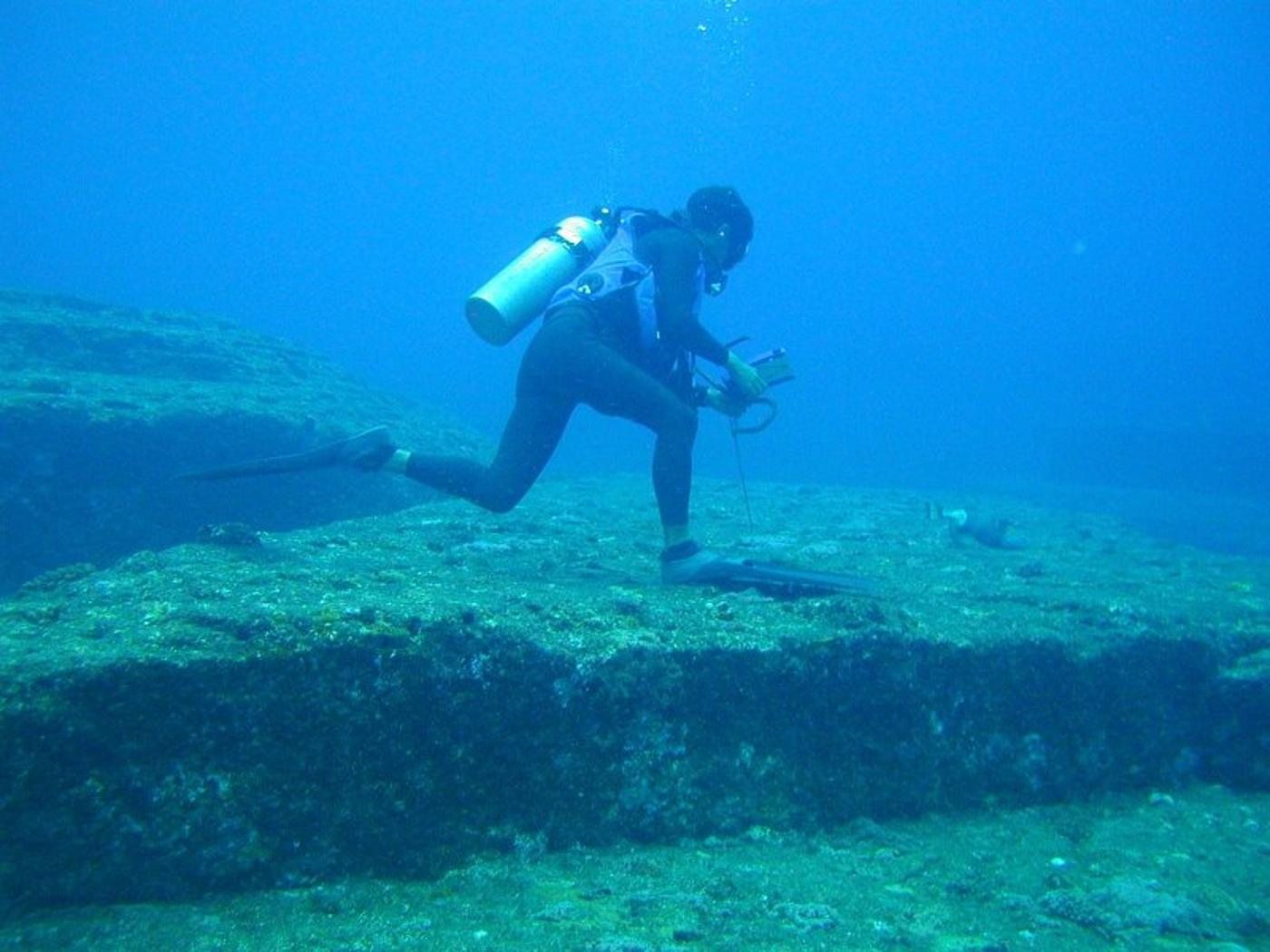
These two limnic eruptions are the only recorded instances in human history and are extremely unlikely because of the specific conditions required to trigger them.
High concentrations of carbon dioxide, which can be created by various geological processes like volcanic gases from Earth’s magma moving upward, in the water are necessary to create these deadly eruptions.
How Limnic Eruptions Are Created
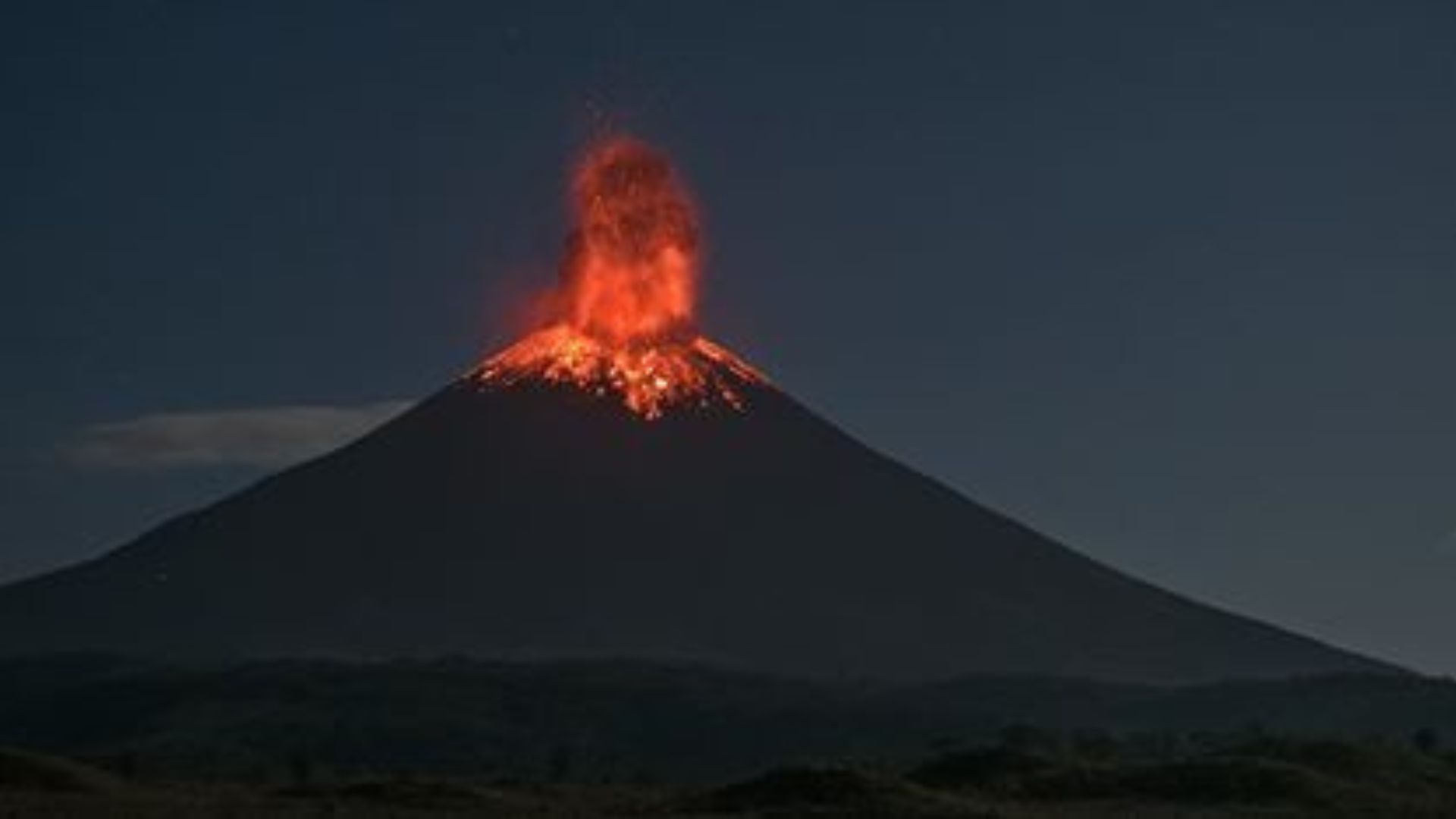
Limnic eruptions are likely to occur in lakes where the water stays in layers that rarely mix, which can cause carbon dioxide to stay and build up in the deep, colder parts of a lake.
While the levels decrease toward the lake’s surface, the pressure of the carbon dioxide at the bottom can build pressure that eventually sends it to the surface.
Carbon Dioxide Build Up
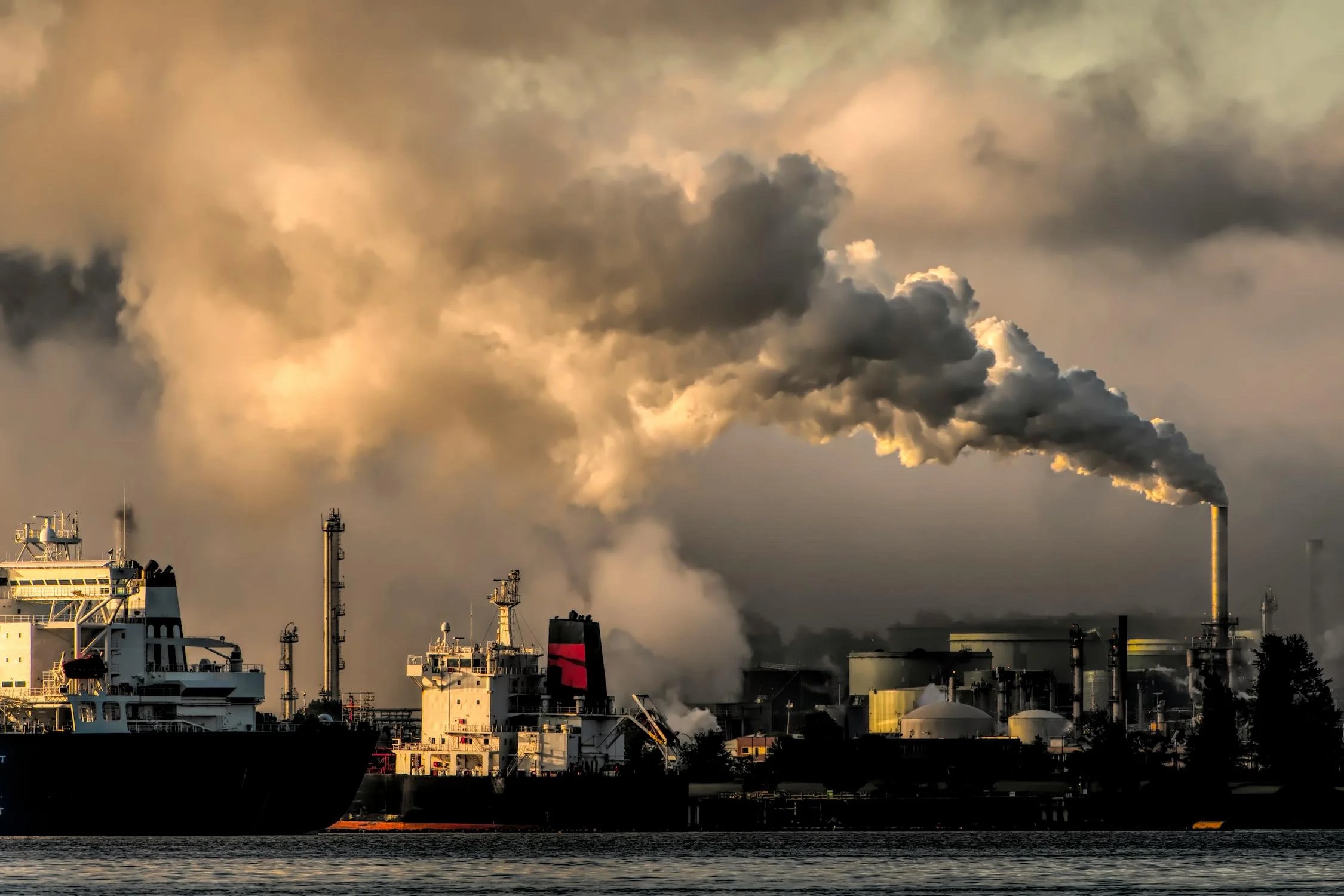
Carbon dioxide at the bottom of these lakes can be sent to the surface for a variety of reasons. Any changes in temperature or pressure can trigger the rapid and forceful release of the accumulated carbon dioxide from the lake.
The eruption sends the deadly cloud out of the water, ending the life of any living creature in the area.
A Shaken-Up Seltzer

Experts studying the chemical composition and geology around the two lakes believe that the carbon dioxide buildup in the cold waters at the lake’s bottom, increasing pressure, and eventual gas explosions caused the eruptions.
To put it in layman’s terms, the final amount of carbon dioxide added to the layer was too much to keep the layer at the bottom of the lakes.
Triggering the Eruptions
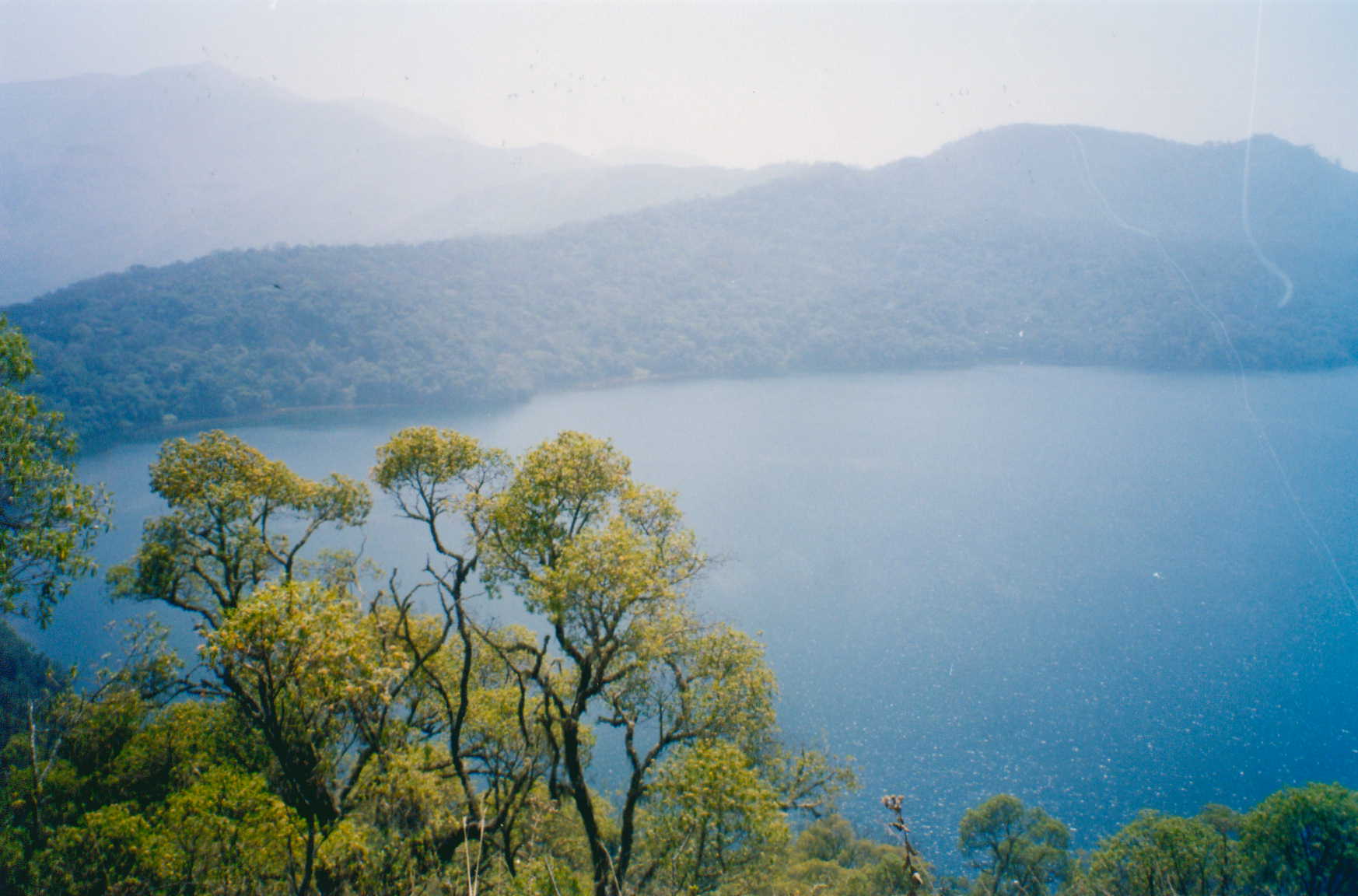
What triggered the eruptions at Lakes Monoun and Nyos is unclear, but scientists believe that the nearby Oku Volcanic Field may have something to do with it.
One theory is that an earthquake or small volcanic eruption disrupted the earth behind the lakes, sending the carbon dioxide layers up to the surface of the lake.
Another Lake at Risk
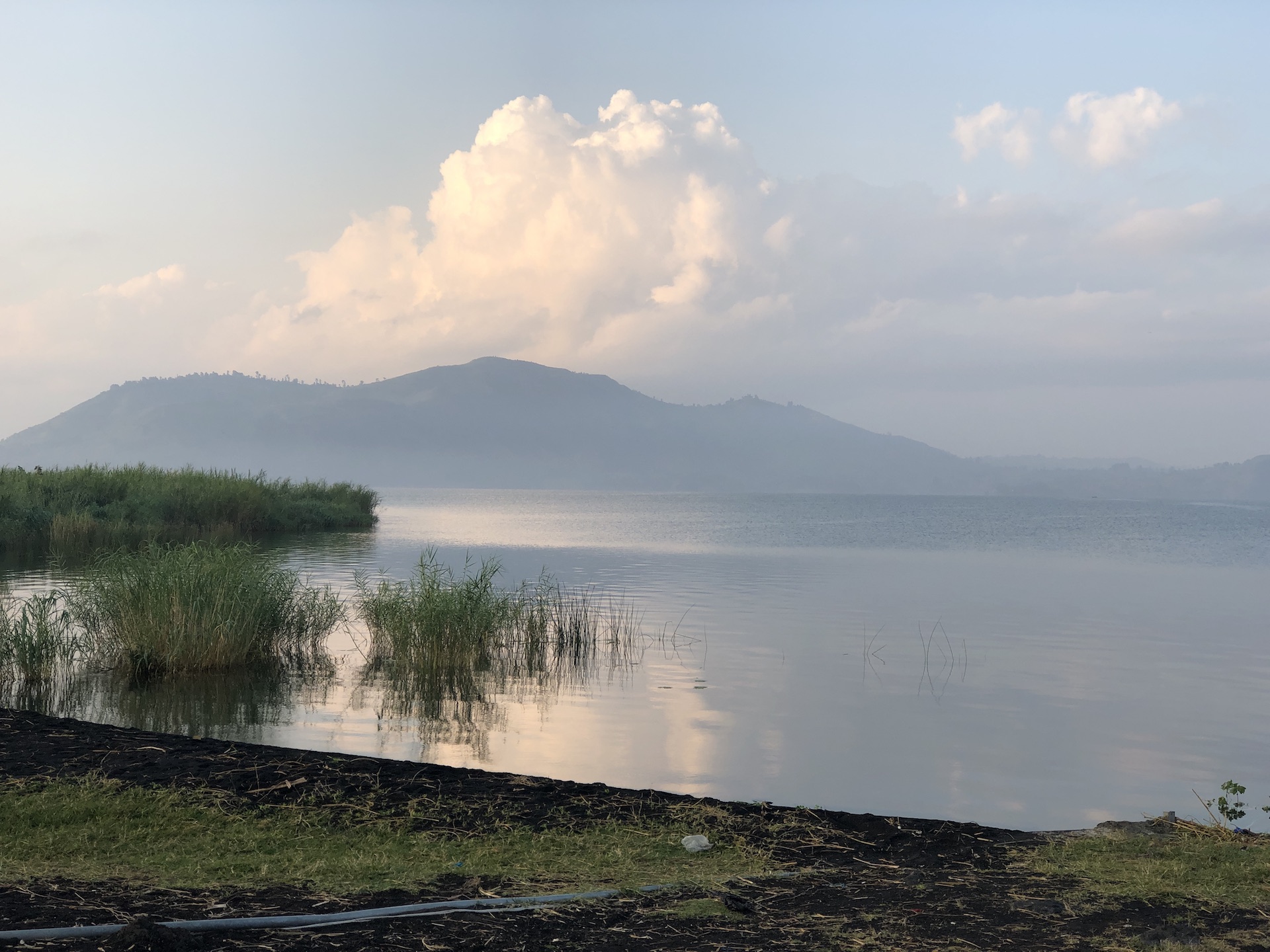
Since the eruptions, scientists have been looking at lakes that could contain the right ingredients to make these eruptions possible, hoping to prevent another disaster like Lakes Monoun and Nyos from happening again.
One of these lakes is Lake Kivu, which is located on the border of Rwanda and the Democratic Republic of the Congo.
Degassing Lakes

South of Lake Kivu is Nyiragongo, an active stratovolcano that contains high amounts of carbon dioxide that doesn’t dissipate at the lake’s surface. These factors put the lake and the nearby residents and wildlife at risk.
Understanding how the lethal amounts of gas accumulation in lakes can create limnic eruptions, scientists have set-ups that allow experts to monitor the slow and safe release of carbon dioxide to avoid an eruption.
Protecting the Future

In 2001, a team of scientists started degassing lakes that could be at risk of a limnic eruption. Experts install pipes in at-risk lakes to safely reduce carbon dioxide levels, which helps prevent deadly explosions and protect nearby communities from potential disasters.
Lakes Monoun and Nyos still serve as natural laboratories for developing new investigation methods and equipment to watch for and prevent similar disasters around the world.








































